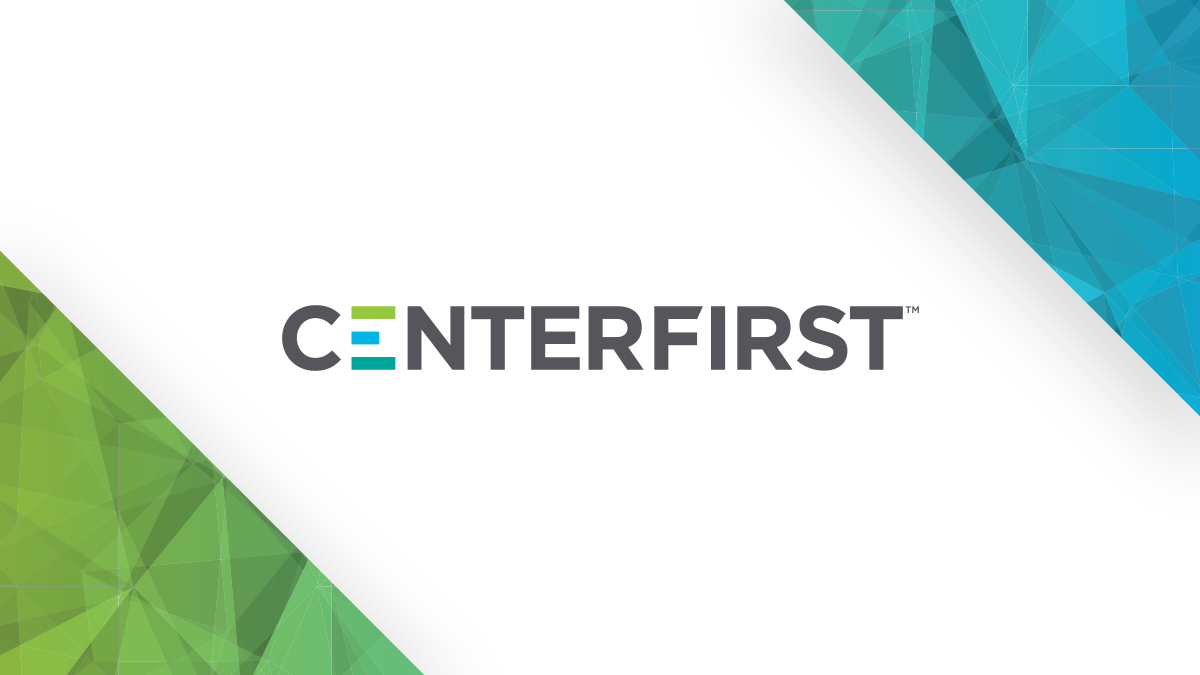Ease Resistance to Change in your Call Quality Improvement Program
For any of you who remember the Borg species of antagonizing aliens from the television series Star Trek, you probably recall their mantra “Resistance is Futile.” While I don’t consider myself a “Trekky,” this now infamous quote recently got me thinking about why individuals and organizations resist change, and what can be done to further our evolution in spite of this our tendency toward stagnation.
3 Challenges and Opportunities to Motivate Positive Change
Within the contact center environment, quality improvement programs are the vehicle to help create positive change. Below, we explore 3 challenges and opportunities to motivate positive change in your contact center quality improvement efforts:
Challenge #1:
The Focus May be on Scores Instead of Outcomes
Consider the challenge of remaining objective when contact center managers or internal quality specialists are assessed and incentivized based upon the scores from their quality monitoring program.
Opportunity #1:
Move from Subjective to Objective
In our work with leading bio-pharma companies, we’ve learned that organizations are most effective at assessing and improving performance when they take measures to mitigate subjectivity in their call quality and compliance monitoring programs. Allowing for an independent and objective sample selection and scoring process with no incentives or disincentives tied to the scores provides the most reliable information.
I am not suggesting doing away with performance based incentives for call center management personnel. Instead, refocus performance incentives on management and supervisors’ responses to the data such as improved coaching, management practices and overall contact center performance outcomes over time.
Challenge #2:
Minimal Time to Understand the Customer’s Experience
The highly regulated environment of a pharma contact center makes it challenging to think beyond tightly managed call scripts, and compliance with proper handling of Adverse Events and Product Quality Complaints. While regulatory compliance is absolutely critical to any high-performing contact center, it may only partly address the importance of improving the customer’s experience.
Opportunity #2:
Gain Insights through Quality Monitoring
We’ve seen marked improvements in the customer experience within contact centers that are committed to a comprehensive approach to understanding and responding to their customers. The most illuminating metrics include call hold time and transfers, agent tone and active listening and response skills. Most importantly, listen to the voice of your customers—directly. Go beyond the reports to listen to recorded or live calls so that you can truly understand their experience.
Challenge #3:
Quality Improvement Activities become Perfunctory
It is easy to feel like your Quality Improvement activities are like “going through the motions.” This can happen when your evaluation and assessment forms are stagnant and performance reports all seem to blend together, or there is not a regular effort to look back at the key objectives and allow them to evolve as your customers’ needs and expectations change.
Opportunity #3:
Allow your QA program to Continually Evolve to Maintain Relevance
Embrace the dynamic and evolving needs of your customers by continually reevaluating the why, how and what of your contact center quality improvement program. The best way to approach this is to be intentional about scheduling the review. We recommend a biannual or quarterly discussion.
Thankfully, there are plenty of effective alternatives to the “Borg” method for impacting change. We invite you to share your thoughts around best practices for encouraging change within your organization. Until then, may the force be with you!
